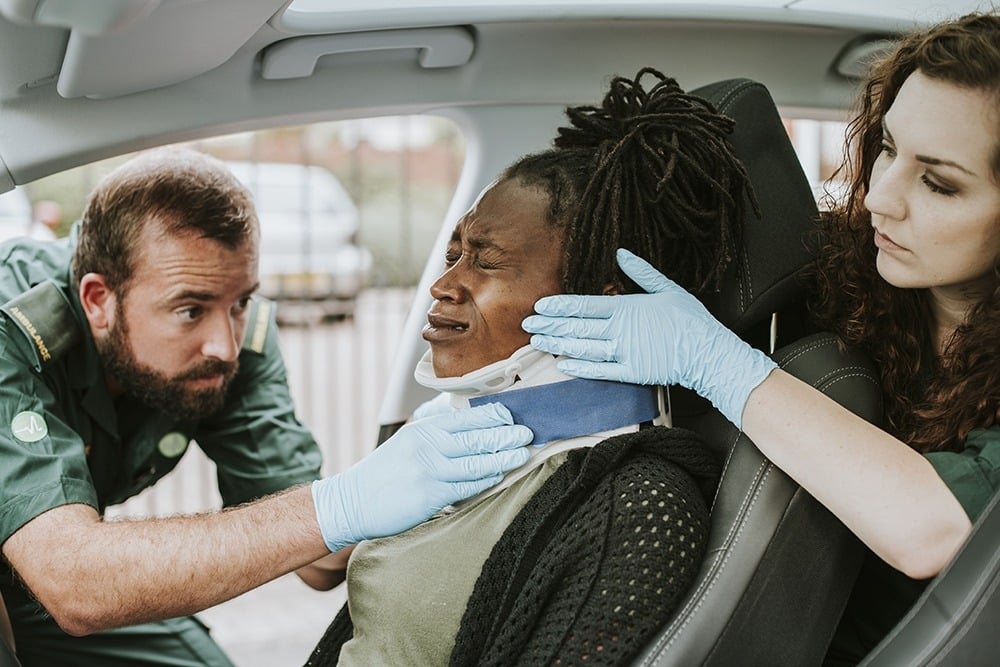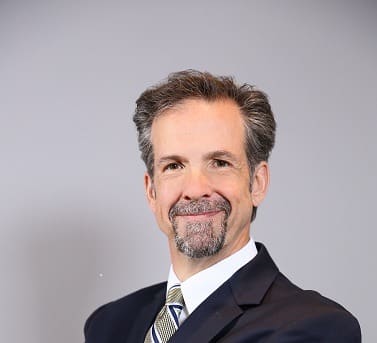The Path To Obtaining Financial Compensation In The Aftermath Of A Baltimore Automobile Accident: Phase II

The previous article in this series details the various steps taken by my office after a Baltimore personal injury-causing event, as well as detailing that vial “first step” advice from an experienced personal injury attorney. Once the injured person has healed, the next step can commence.
Baltimore Personal Injury claim, Phase II: Demand and Negotiation.
When my client has reached a medical baseline, or what sometimes is called “maximum medical improvement”, the next phase in the claims process commences. When the injured person’s medical care has returned that person to their prior condition, those materials assembled throughout the investigatory phase of the claim are compiled and delivered to the insurance company along with a demand for monetary settlement. Within 30 to 60 days- I’ve found more often than not the industry standard- I will receive a response from the insurance company regarding their position on the claim. Some claims are denied, and, in my practice, these claims are moved promptly into the litigation phase discussed in more detail in the next article in this series. Other claims are “accepted” by the insurance company -at least in terms of responsibility for causing the accident. I would counsel the cautious and wary reader, who has not been through a personal injury claim negotiation with a savvy and experienced insurance claims adjuster, to observe the difference between “accepting” responsibility for causing a car accident and excepting responsibility for all claimed injuries caused by that car accident. I will assure you that just because an insurance company adjuster or attorney says “we agree” that our insured person caused this accident and is responsible for the consequences, does in no way mean that that same insurance company adjuster or attorney will not argue that none of the injuries complained of are actually related to the accident and therefore, although their insured person is responsible for causing the accident, they are not responsible for causing any injury.
After the parties exchanged their initial positions by the demand and response, there is typically a period during which negotiations occur. During this phase, in some instances, additional information in the form of medical records, or bills are obtained. In rare instances, an additional piece of evidence, such as a doctor’s opinion, or a piece of video surveillance, might change the negotiation landscape. It is true that in the arena of personal injury claims, most claims settle before trial. Indeed, perhaps most claims resolve at the pre-litigation or “pre-suit” phase. We are talking, here, about the stage at which the information needed to fully articulate and present the claim is available, and it indeed has been presented to a liability insurance company claims adjuster. This phase begins at demand and concludes before filing a lawsuit in court. If the claim can be resolved in such a fashion at this juncture- it will be. However, many insurance companies do not present reasonable settlement offers at this time [or at all]. When negotiations are not fruitful- when for example, an insurance company, adopts a patently unreasonable position and makes an offer, or series of offers, that have no chance of getting the claim resolved-that litigation is the only next step.



